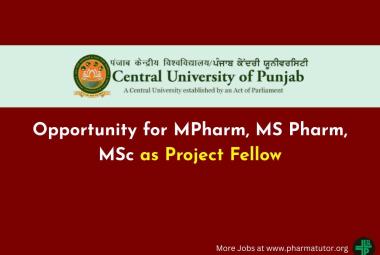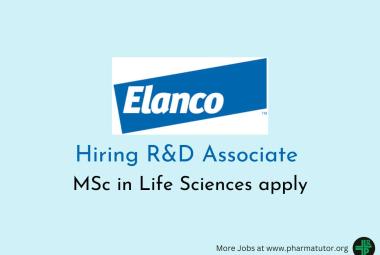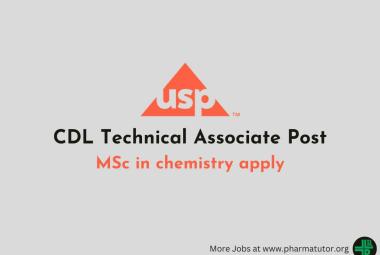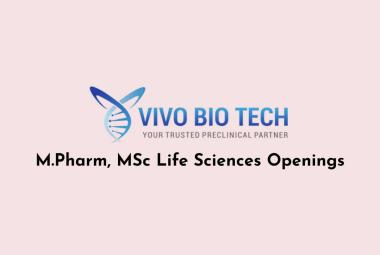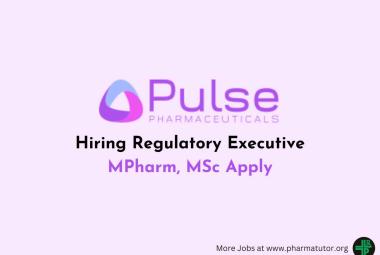 About Authors:
About Authors:
Renu1*, Shashi Kant2*, Rajendra Yadav3, Amit Kumar Tyagi4
1Faculty of Pharmacy, Shivdan Singh Institute of Technology and Management, Aligarh (U.P)
2Jubilant Chemsys Ltd, Noida,
3Department of Pharmaceutical Sciences, Gurukul Kangri University Haridwar,
4Department of Chemistry, Meerut College, Meerut (U.P)
*shashi.pharma83@gmail.com
ABSTRACT :
Diclofenac is currently the eighth largest-selling drug and the most frequently used NSAID (Non-steroidal anti-inflammatory drug) in the world, since its introduction in Japan in 1974. Diclofenac is among the better tolerated NSAIDs. Only major adverse effect of Diclofenac is that it causes direct and indirect irritation of the gastrointestinal tract (GIT). To reduce the side effects on gastrointestinal tract (GIT) and to improve therapeutic efficacy of Diclofenac, it can be formulated in polymeric microspheres.
The use of polymeric carriers in formulations of therapeutic drug delivery systems has gained widespread application, due to their advantage of being biodegradable and biocompatible. Among the microparticulate systems, microspheres have a special importance since it is possible to target drugs and provide controlled release. Diclofenac sodium (DS), is a potent drug in the NSAID group having non-steroidal, anti-inflammatory properties, and is widely used in the treatment of rheumatoid arthritis, osteoarthritis and ankylosing spondylitis. In this present study, it was aimed to prepare microsphere formulations of DS using a natural biodegradable polymer as a carrier for administration to extend the duration period of the dosage form. Microsphere formulations of DS which were prepared were evaluated in vitro for particle size, yield value, encapsulation efficiency, surface morphology, and in vitro drug release.



 About Authors:
About Authors:  About Authors:
About Authors: 